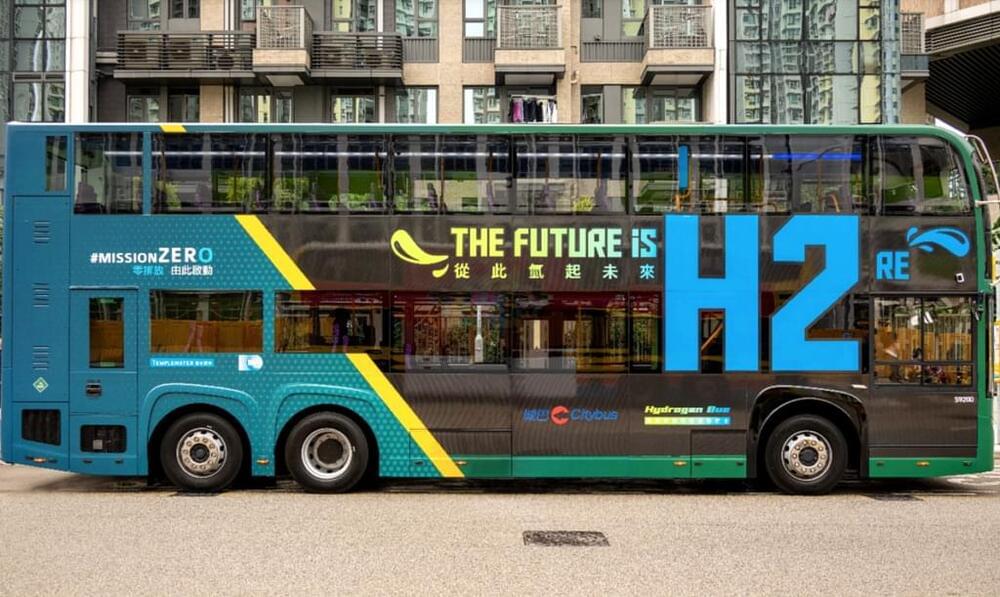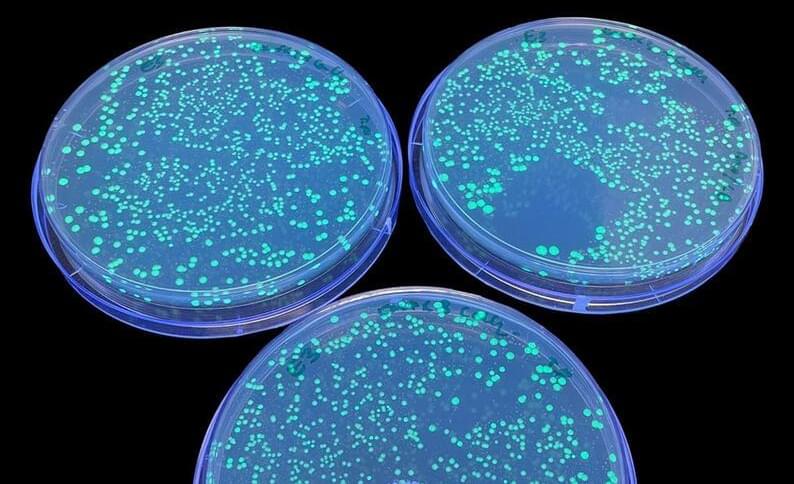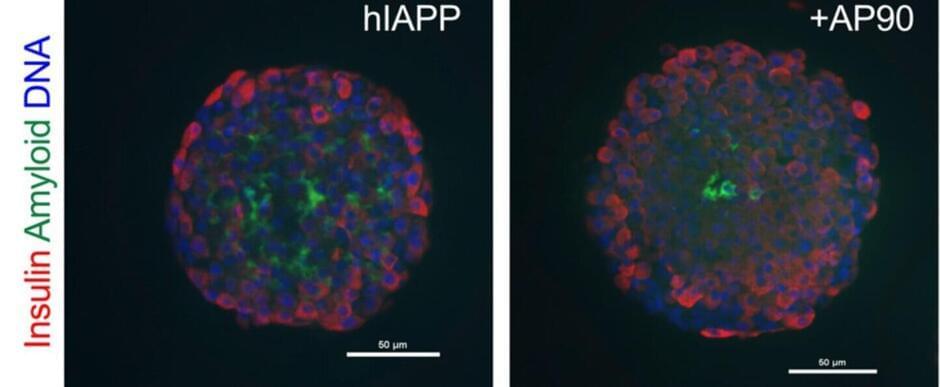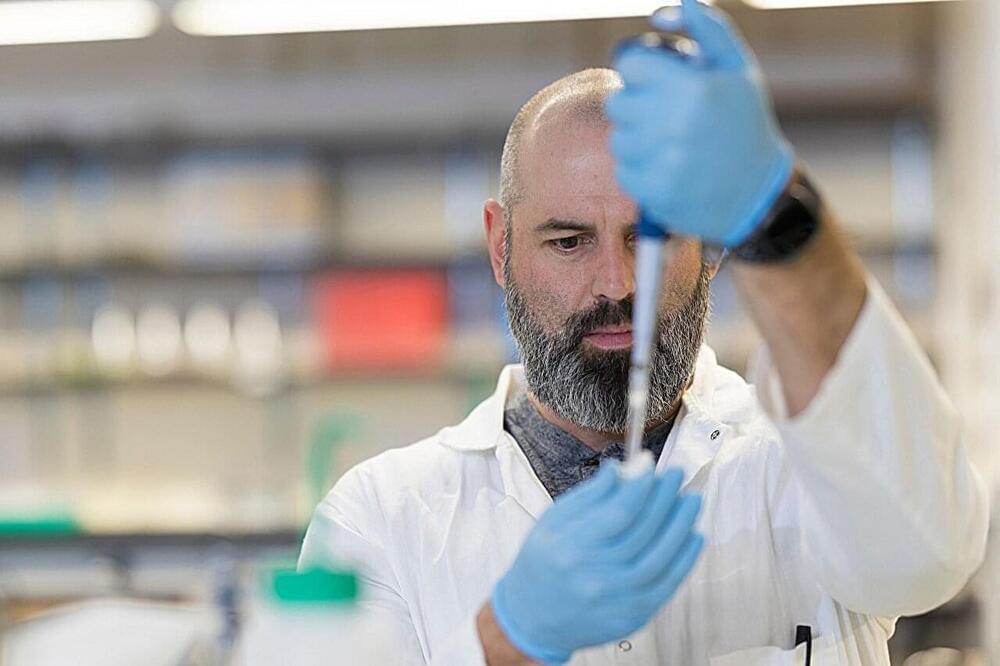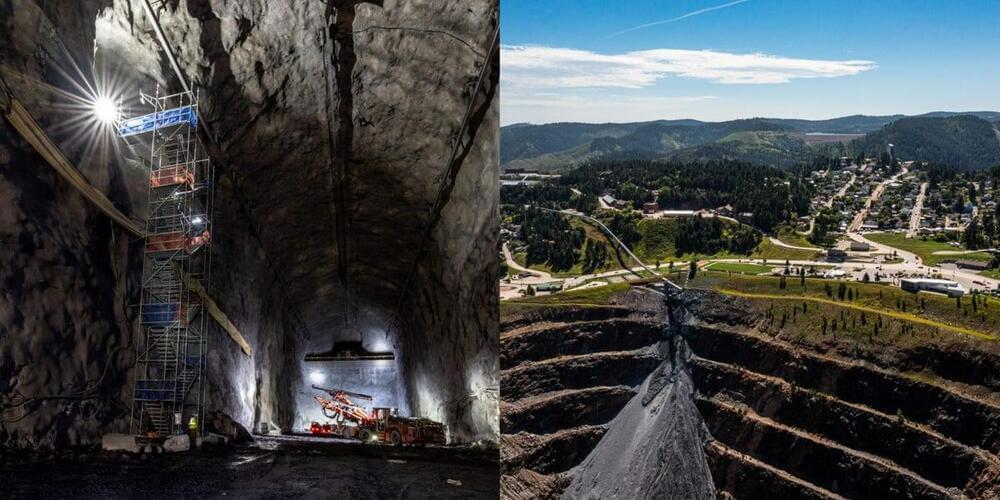Page 1006
Mar 1, 2024
Hong Kong’s First Hydrogen Bus Hits The Streets Marking A Historic Step In #MissionZero
Posted by Omuterema Akhahenda in category: space travel
Hong Kong’s public transportation landscape undergoes a revolutionary transformation with the deployment to service of a cutting-edge zero-emission hydrogen bus today. The first-ever hydrogen double deck bus has commenced service on our Route 20, marking a remarkable achievement and the next step in the transition of Hong Kong’s rich transport history as it takes to the road with customers on board, following our previous debut of Hong Kong’s first ever electric double deck bus two years ago. We eagerly anticipate reaching even more significant milestones in the near future, as the hydrogen bus will expand its operations to two additional routes in the next phase, underscoring our leading position in the public transport zero-emission space and making a further transformation for citizens and travellers in the vibrant heart of Kowloon.
Our hydrogen double deck bus, which is operated from and refuelled at Hong Kong’s first hydrogen refuelling station in our West Kowloon Depot, embarks on its first journey at 11:00am today. We were proud to welcome many joyful bus and transport enthusiasts on board the bus and share in the joy by handing out some certificates and gifts to commemorate this historic moment – “The Future is H2re”. Serving Route 20, the hydrogen bus will travel from Kai Tak (Muk On Street) to Cheung Sha Wan (Hoi Tat), offering in the initial phase a daily schedule of 6 to 8 trips.
Roger Ma, General Manager (Operations) of Citybus expressed his pride in the groundbreaking achievement of our “#MissionZero” campaign. “We take great pride as a company in serving the citizens of Hong Kong every day and in debuting Hong Kong’s first ever hydrogen double deck bus, which will shuttle through the bustling heart of Kowloon, encompassing the districts of Sham Shui Po, Yau Tsim Mong, and Kowloon City. In the next phase, our hydrogen bus will expand its service coverage to include Routes 20A and 22M.These three routes, include two prominent trunk routes, serve as core routes for Citybus, enabling us to gather further invaluable operational insights into real-world scenarios, including differing traffic conditions, weather factors and performance.”
Feb 29, 2024
Radio waves reprogram bacteria to become vital drugs with 91% efficacy
Posted by Shubham Ghosh Roy in categories: biotech/medical, genetics
Researchers from Australia and a private biotechnology firm in the US have successfully demonstrated the use of high-frequency radio waves to temporarily open up bacterial cell walls to introduce new genetic material into them.
High frequency radio waves are a far efficient method to add DNA to bacterial cells than conventional approaches such as heat shock.
Feb 29, 2024
Q&A: How a potential treatment for Alzheimer’s disease could also work for type 2 diabetes
Posted by Shubham Ghosh Roy in categories: biotech/medical, neuroscience
Of the 38 million Americans who have diabetes, at least 90% have type 2, according to the Centers for Disease Control and Prevention. Type 2 diabetes occurs over time and is characterized by a loss of the cells in the pancreas that make the hormone insulin, which helps the body manage sugar.
These cells make another protein, called islet amyloid polypeptide or IAPP, which has been found clumped together in many type 2 diabetes patients. The formation of IAPP clusters is comparable to how a protein in the brains of Alzheimer’s disease patients sticks together to eventually form the signature plaques associated with that disease.
Researchers at the University of Washington have demonstrated more similarities between IAPP clusters and those in Alzheimer’s. The team previously showed that a synthetic peptide can block the formation of small, toxic Alzheimer’s protein clusters. Now, in a recently published paper in Protein Science, the researchers have used a similar peptide to block the formation of IAPP clusters.
Feb 29, 2024
Is Artificial Consciousness Possible? #psychologicalscience #humanintelligence #mind
Posted by Shubham Ghosh Roy in category: robotics/AI

The past decade’s breathtaking progress in artificial intelligence research saw robots learn to walk and improve image recognition accuracy from 50% to 91%. The prospect of artificial consciousness creates a new urgency for understanding what consciousness is.
Feb 29, 2024
Scientists identify burned bodies using technique devised for extracting DNA from woolly mammoths, Neanderthals
Posted by Shubham Ghosh Roy in category: biotech/medical
A technique originally devised to extract DNA from woolly mammoths and other ancient archaeological specimens can be used to potentially identify badly burned human remains, according to a new study from Binghamton University, State University of New York.
The research is published in the Journal of Forensic Sciences.
Fire victims may be identified through dental records if the teeth are preserved and such records exist. Frequently, DNA testing is the only way to identify badly burned bodies. Researchers can extract usable DNA from bones subjected to conditions between 200 and 250 degrees Celsius; between 350 and 550 degrees, there is a steep drop-off in the concentration of DNA.
Feb 29, 2024
Scientists are building tunnels under South Dakota for a $3 billion experiment that could solve some of the universe’s grandest mysteries
Posted by Genevieve Klien in category: particle physics
To study tiny “ghost particles” known as neutrinos, scientists with Fermilab’s DUNE project will beam them from Illinois to caverns in South Dakota.
Feb 29, 2024
Fire-resistant sodium battery balances safety, cost and performance
Posted by Genevieve Klien in categories: innovation, materials
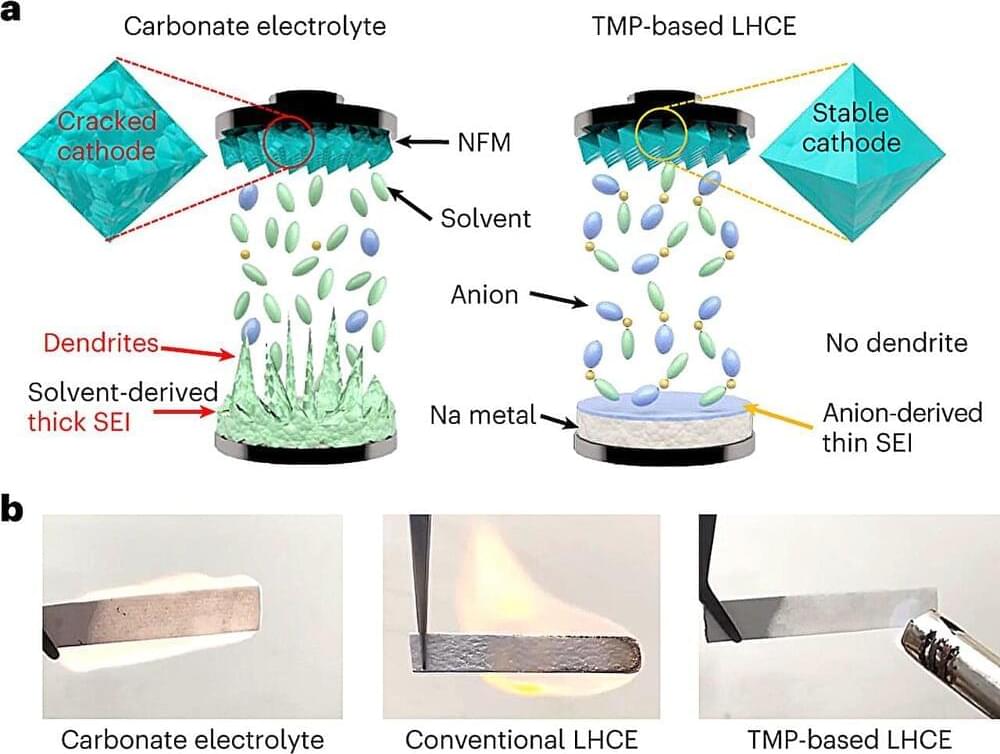
A sodium battery developed by researchers at The University of Texas at Austin significantly reduces fire risks from the technology, while also relying on inexpensive, abundant materials to serve as its building blocks.
Though battery fires are rare, increased battery usage means these incidents are on the rise.
Continue reading “Fire-resistant sodium battery balances safety, cost and performance” »
Feb 29, 2024
Meet the SpaceX Crew-8 astronauts launching to the ISS on March 2
Posted by Genevieve Klien in category: space travel
Four new astronauts are scheduled to launch to the International Space Station on Saturday (March 2) as part of NASA’s SpaceX Crew-8 mission.
Crew-8, the eighth operational commercial crew mission for NASA, will lift off Saturday at 11:16 p.m. EST (0416 GMT on March 3) from Kennedy Space Center in Florida using the SpaceX Crew Dragon Endeavour spacecraft, situated atop a Falcon 9 rocket. The Crew Dragon spacecraft will then dock with the orbiting lab the following day around 2:10 p.m. EST (1910 GMT).
Feb 29, 2024
‘Air-breathing’ propulsion tech could unlock unlimited propellant for satellites
Posted by Genevieve Klien in category: satellites

Earth’s orbit is so populated that the space industry is now developing technologies to remove space debris caused by satellites from an over-crowded low Earth orbit (LEO).
One untapped orbit above Earth does exist, though. The so-called very low Earth orbit (VLEO) would allow satellites to fly in a less crowded space closer to home and take more detailed pictures of our planet.

